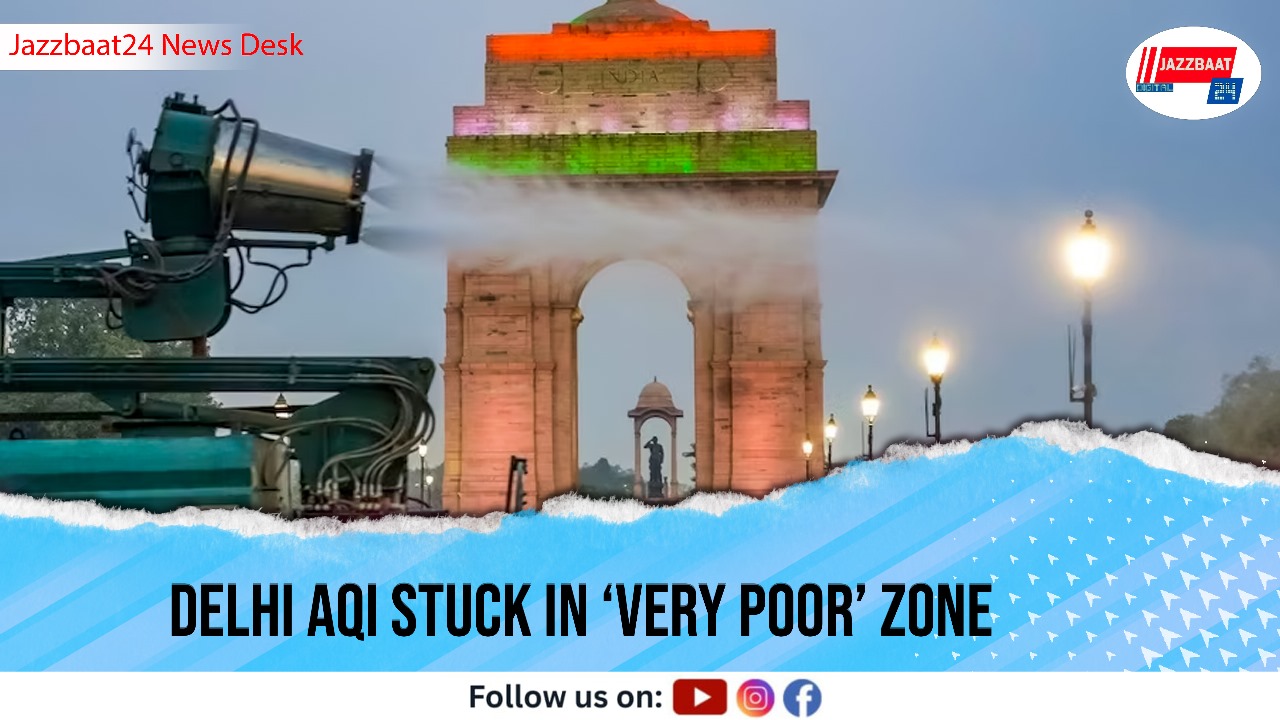Delhi’s air quality remained in the “very poor” category on Sunday morning, with the overall Air Quality Index recorded at 381, according to the Central Pollution Control Board.
Data from the CPCB’s Sameer app showed that 13 monitoring stations across the city registered readings in the “severe” range, indicating particularly hazardous conditions in several localities. Another 25 stations reported “very poor” air quality with AQI levels above 300. The classification scale used by the CPCB states that an AQI between 0 and 50 is considered “good”, 51 to 100 “satisfactory”, 101 to 200 “moderate”, 201 to 300 “poor”, 301 to 400 “very poor” and 401 to 500 “severe”. The current reading places Delhi close to the upper limit of the “very poor” bracket.
Environmental experts have noted that air quality in the region often declines sharply during winter months due to reduced wind speed, vehicular emissions and local pollution sources. While Sunday’s levels showed no immediate improvement, authorities said monitoring would continue throughout the week. The persistent pollution levels may trigger health advisories if conditions worsen. According to guidelines, prolonged exposure to air in the “very poor” category may cause respiratory discomfort, especially among children, the elderly and those with existing medical conditions.
Officials said that enforcement teams have been conducting regular checks at pollution hotspots and that measures remain in place under the city’s graded response plan. These include restrictions on certain activities, increased monitoring of dust sources and action against violations.
The city’s pollution control authorities urged residents to follow precautionary measures, including reducing outdoor activity during peak hours and using protective masks when necessary. Further updates are expected as monitoring continues across all stations.
